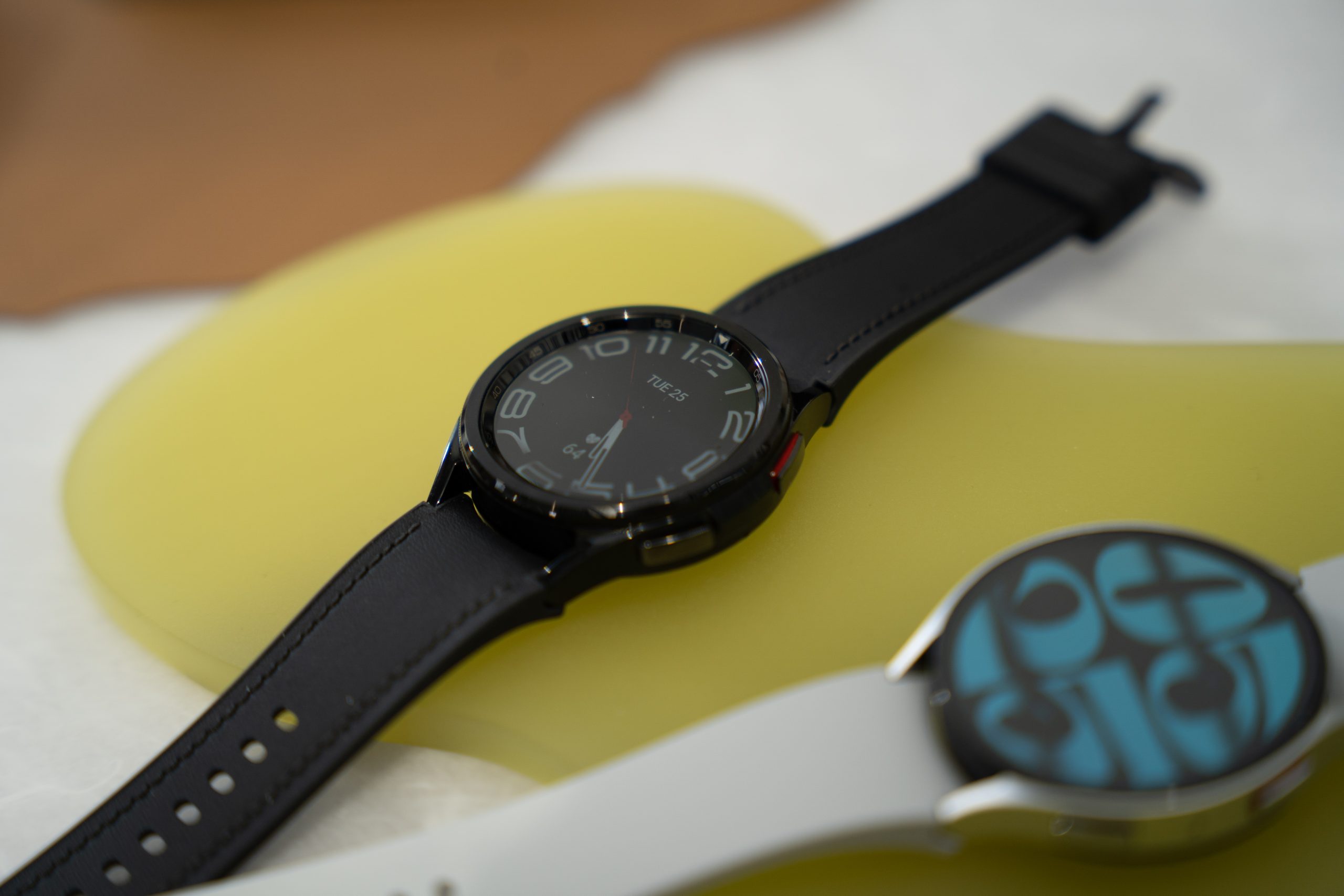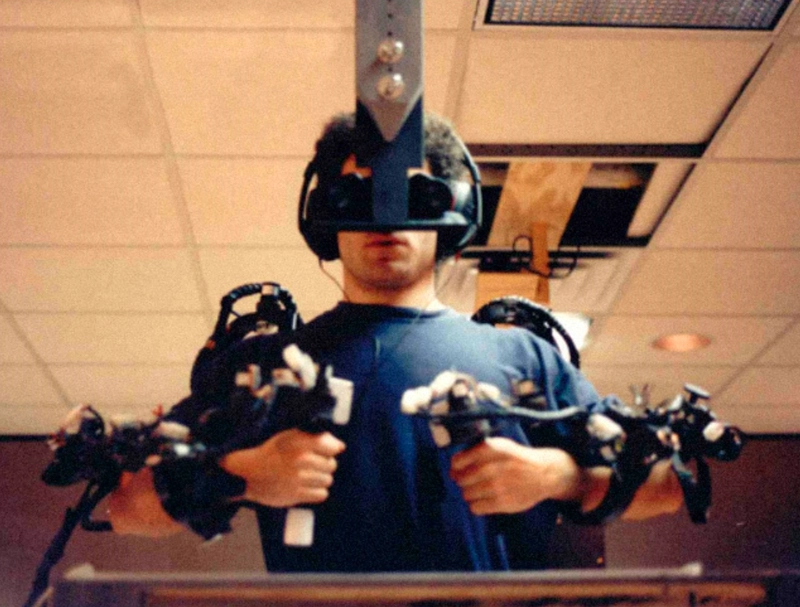We love to see it: A look at AR
First, let's take mention of the elephant in the room (talking about AR, there truly could be one in here): Are AR and VR the same thing. The answer is yes, if you think scuba-diving is the same as snorkeling. VR is like scooba diving in that it's fully immersive. You suit your whole body up and plunge into the depths. In non-metaphorical terms, its equipment and package focuses on replacing as much of the real world as possible with its digital environment. If you've ever seen those videos of people running into walls or accidentally punching a friend or family member whilst wearing an Oculus, this, my friend, is VR. AR, on the other hand, keeps most of the real world and adds a nice tweak here and there, in some ways, it can make the real world a little more immersive. Much like snorkeling, where you use the regular air at your disposal, usually, a part of your body is out of the water, and you get to experience the beauty of the waters while keeping your link to the land. AR augments a real environment and overlays it with digital elements. A good example of this is, well, an elephant in the room. Or a picachu The beginnings of AR were not as whimsical as catchin them all. AR all started (heavily debatably) in 1992, when Louis Rosenburg's Virtual Fixtures were developed as digitally prehistoric flight simulators to aid USAF pilots. It sounds (and admittedly looks) like VR, but it's not. They did, however, require a full upper-body exoskeleton. As visuals are concerned, you can see the AR in it: binocular magnifiers that interacted with virtual overlays to place robotic arms where the pilots arms actually were AR started to take more of the real world spotlight over the next few years. In 1994, AR was used in a theatre production Dancing in Cyberspace, and in 1998, history was made again when SportsVision developed and displayed their virtual 1st and Ten systems for the NFL. On-screen sports entertainment has never been the same since: From there, the technology built more behind the scenes, making a triumphant return in 2016 with the spectacularly viral Pokemon Go. This mobile game took advantage of the advanced displays and tracking technology in our now every day phones, and set them to work creating a world where a player can catch pokemon and battle with then in real life environments. Since then, AR has been used from everything furniture placement to surgery assistance and training, and to classes around the world to facilitate immersive learning! But that's enough about what AR is, let's talk a little about how AR works: Lights Or, in this case, I suppose I mean markers. Cameras Now that we have the environment set up(or we have what we need to continuously set it up), we need something to Capture the images coming into the screen. We can't have an overlay without the underlying world to... lay it over, so AR requires the use of a camera object to render on top of. That's becoming increasingly easy to provide in an immersive fashion, though. Of course, we have our phones, but now there are many wearable technologies that could provide the optical assistance we need.. speaking of optical assistance, Glasses for one! There are a good few smart glasses being implemented by Rayban, Apple, and Reydar. references: https://codeit.us/blog/how-to-create-an-augmented-reality-app https://developer.apple.com/design/human-interface-guidelines/augmented-reality https://www.reydar.com/ultimate-guide-what-is-augmented-reality-ar/#what-is-augmented-reality
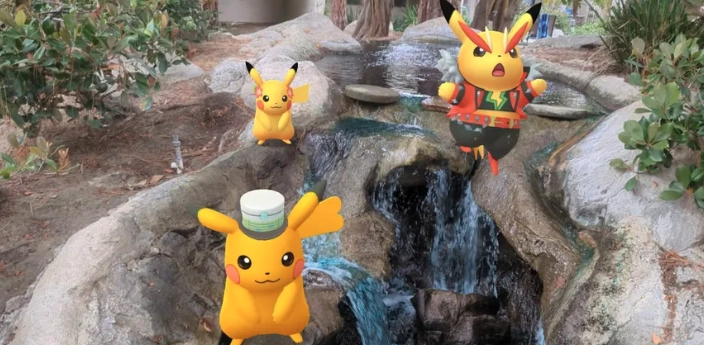
First, let's take mention of the elephant in the room (talking about AR, there truly could be one in here): Are AR and VR the same thing. The answer is yes, if you think scuba-diving is the same as snorkeling.
VR is like scooba diving in that it's fully immersive. You suit your whole body up and plunge into the depths. In non-metaphorical terms, its equipment and package focuses on replacing as much of the real world as possible with its digital environment. If you've ever seen those videos of people running into walls or accidentally punching a friend or family member whilst wearing an Oculus, this, my friend, is VR.
AR, on the other hand, keeps most of the real world and adds a nice tweak here and there, in some ways, it can make the real world a little more immersive. Much like snorkeling, where you use the regular air at your disposal, usually, a part of your body is out of the water, and you get to experience the beauty of the waters while keeping your link to the land. AR augments a real environment and overlays it with digital elements. A good example of this is, well, an elephant in the room. Or a picachu
The beginnings of AR were not as whimsical as catchin them all. AR all started (heavily debatably) in 1992, when Louis Rosenburg's Virtual Fixtures were developed as digitally prehistoric flight simulators to aid USAF pilots. It sounds (and admittedly looks) like VR, but it's not. They did, however, require a full upper-body exoskeleton. As visuals are concerned, you can see the AR in it: binocular magnifiers that interacted with virtual overlays to place robotic arms where the pilots arms actually were
AR started to take more of the real world spotlight over the next few years. In 1994, AR was used in a theatre production Dancing in Cyberspace, and in 1998, history was made again when SportsVision developed and displayed their virtual 1st and Ten systems for the NFL. On-screen sports entertainment has never been the same since:
From there, the technology built more behind the scenes, making a triumphant return in 2016 with the spectacularly viral Pokemon Go.
This mobile game took advantage of the advanced displays and tracking technology in our now every day phones, and set them to work creating a world where a player can catch pokemon and battle with then in real life environments. Since then, AR has been used from everything furniture placement to surgery assistance and training, and to classes around the world to facilitate immersive learning! But that's enough about what AR is, let's talk a little about how AR works:
Lights
Or, in this case, I suppose I mean markers.
Cameras
Now that we have the environment set up(or we have what we need to continuously set it up), we need something to Capture the images coming into the screen. We can't have an overlay without the underlying world to... lay it over, so AR requires the use of a camera object to render on top of. That's becoming increasingly easy to provide in an immersive fashion, though. Of course, we have our phones, but now there are many wearable technologies that could provide the optical assistance we need.. speaking of optical assistance, Glasses for one! There are a good few smart glasses being implemented by Rayban, Apple, and Reydar.
references:



















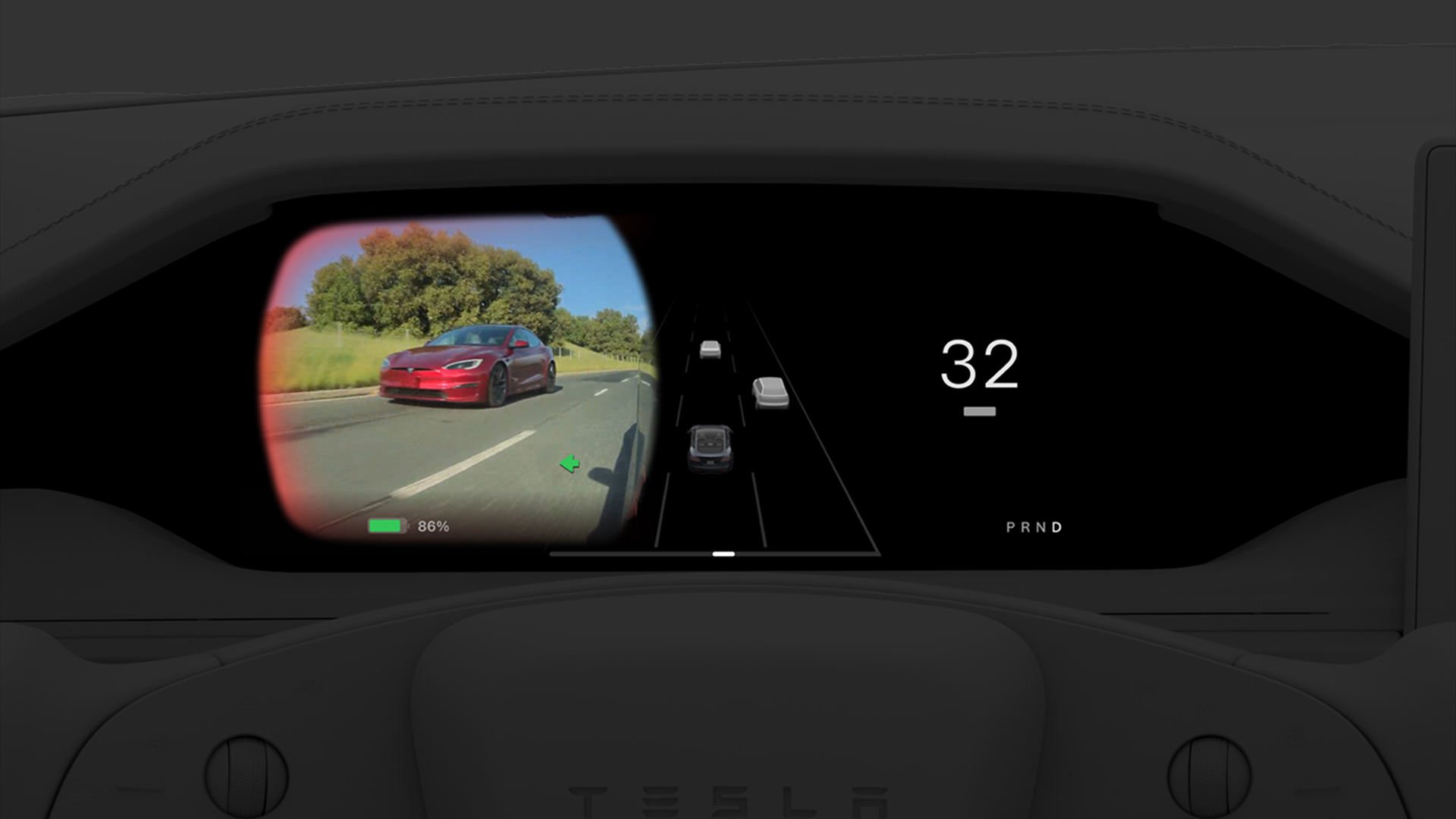























































































































































![[The AI Show Episode 144]: ChatGPT’s New Memory, Shopify CEO’s Leaked “AI First” Memo, Google Cloud Next Releases, o3 and o4-mini Coming Soon & Llama 4’s Rocky Launch](https://www.marketingaiinstitute.com/hubfs/ep%20144%20cover.png)






































































































































































































![Blue Archive tier list [April 2025]](https://media.pocketgamer.com/artwork/na-33404-1636469504/blue-archive-screenshot-2.jpg?#)

































.png?#)








-Baldur’s-Gate-3-The-Final-Patch---An-Animated-Short-00-03-43.png?width=1920&height=1920&fit=bounds&quality=70&format=jpg&auto=webp#)
























_Aleksey_Funtap_Alamy.jpg?width=1280&auto=webp&quality=80&disable=upscale#)




































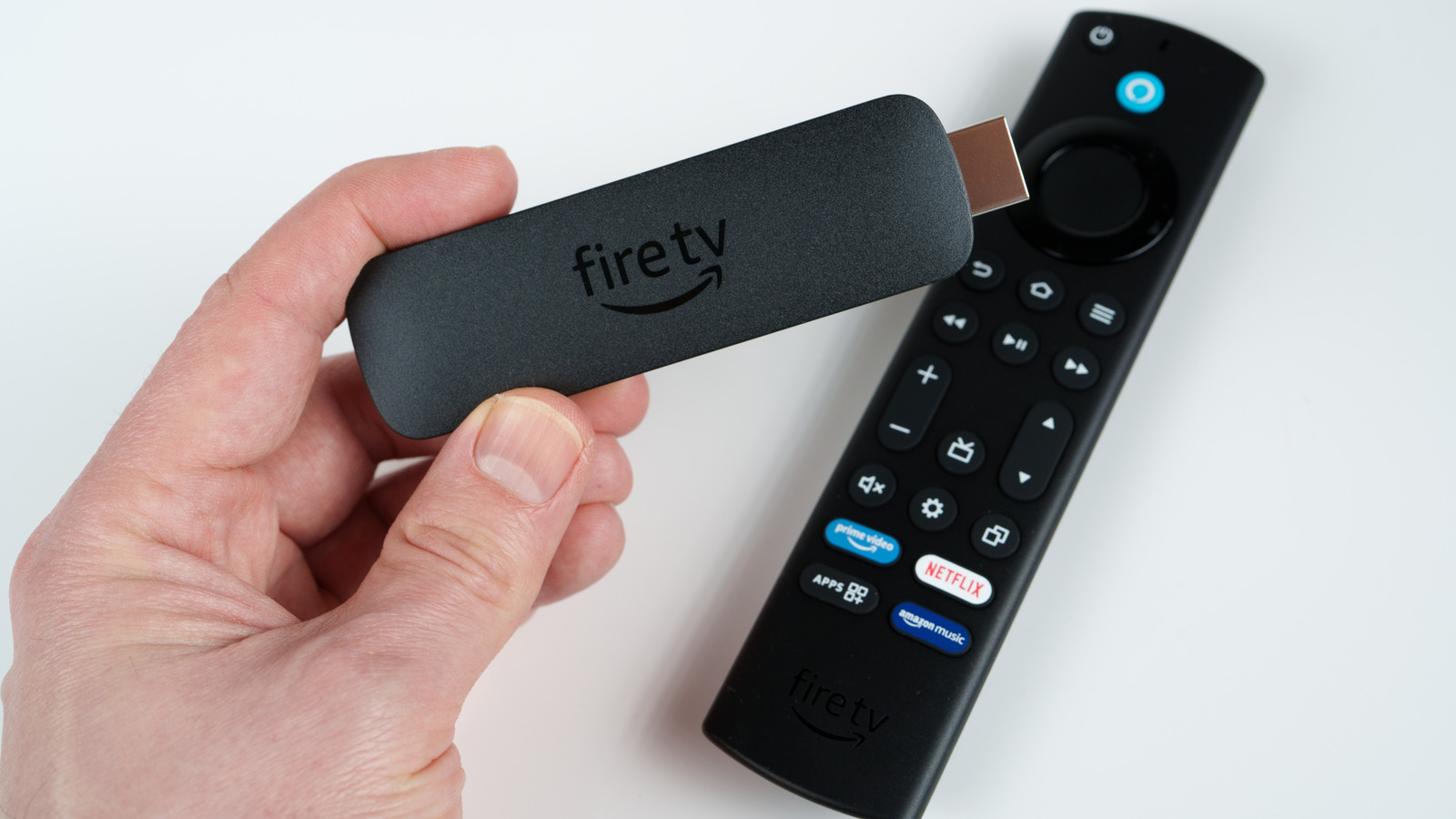

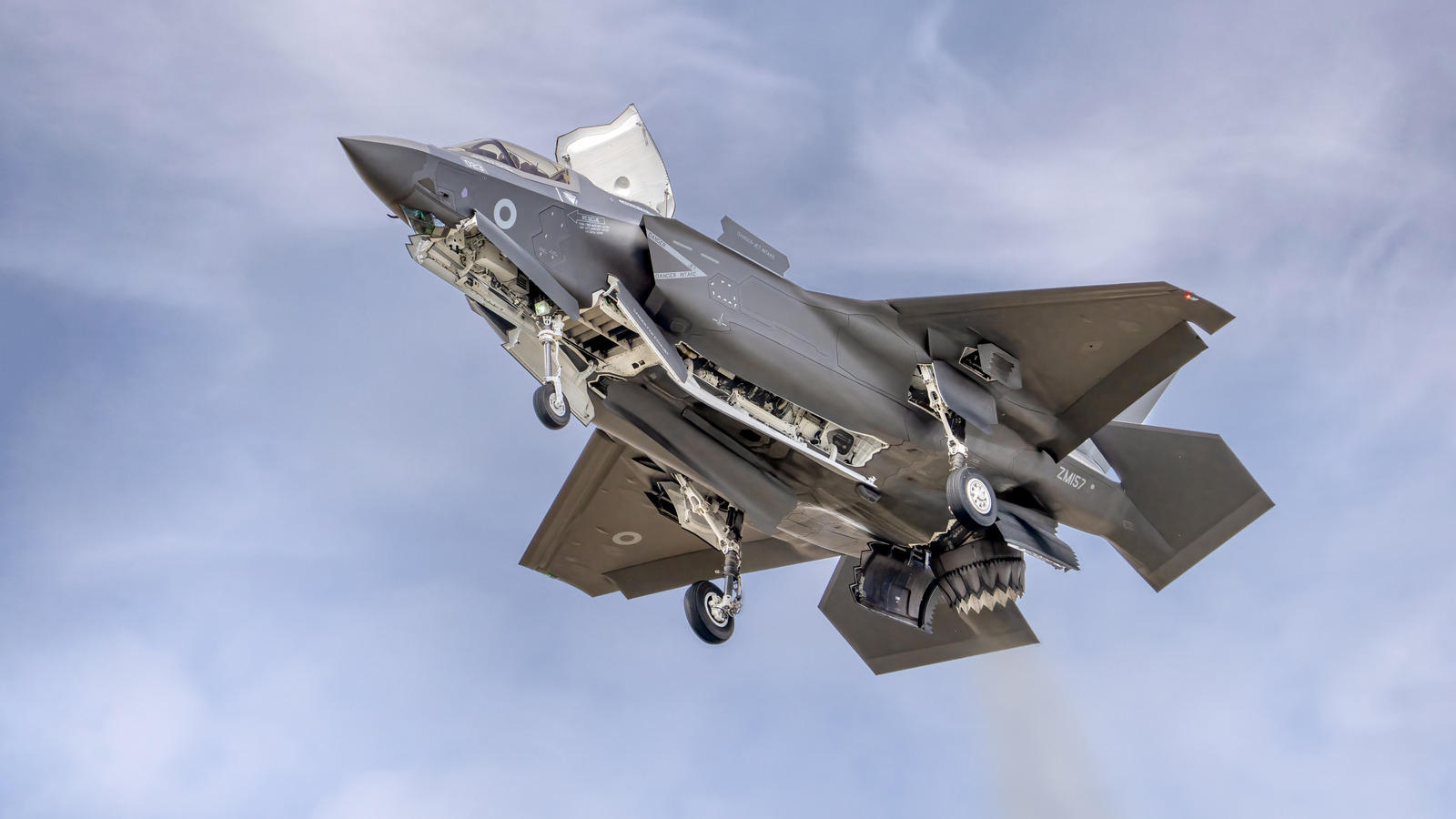














































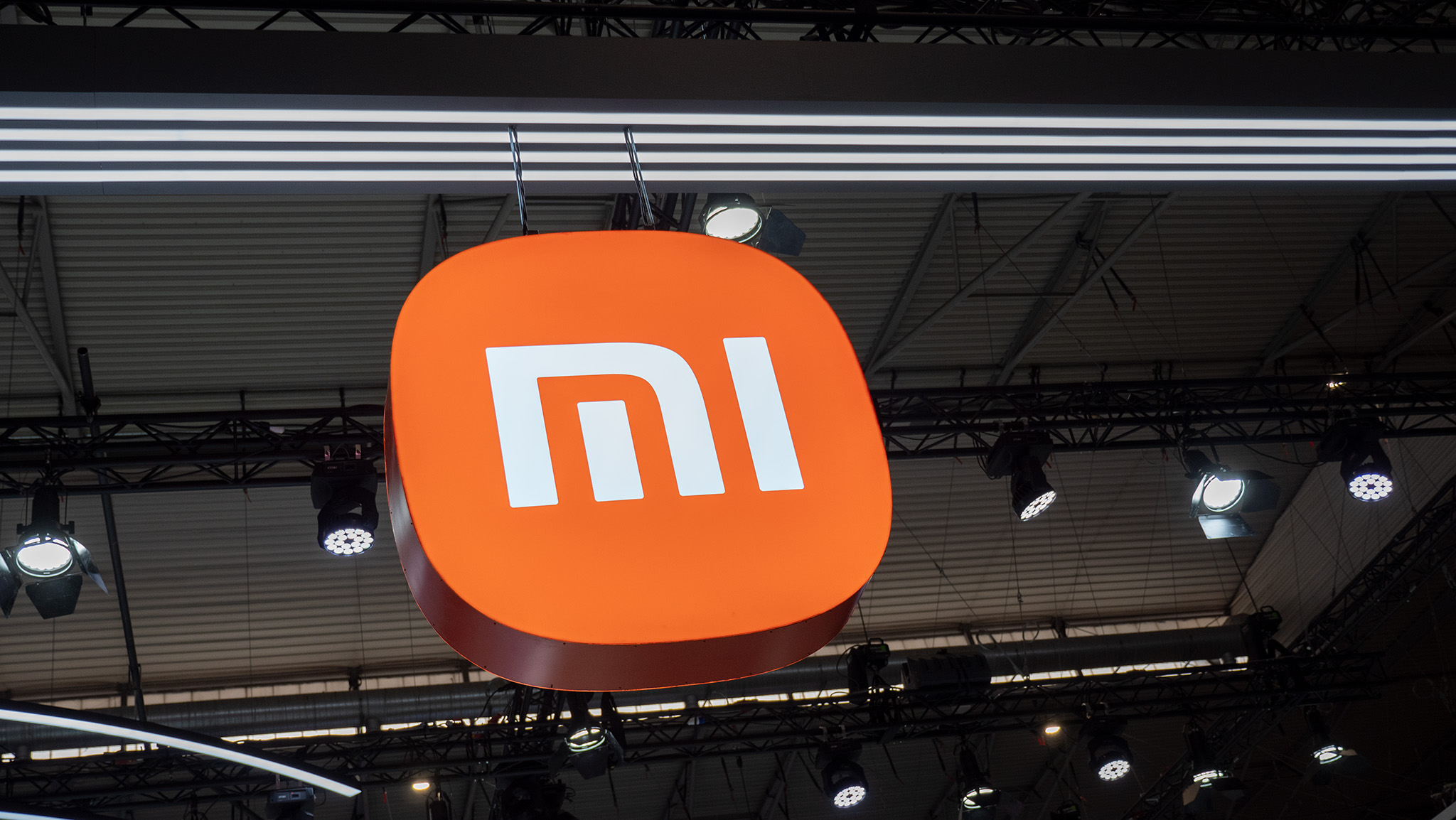























![Apple's Foldable iPhone May Cost Between $2100 and $2300 [Rumor]](https://www.iclarified.com/images/news/97028/97028/97028-640.jpg)
![Apple Releases Public Betas of iOS 18.5, iPadOS 18.5, macOS Sequoia 15.5 [Download]](https://www.iclarified.com/images/news/97024/97024/97024-640.jpg)
![Apple to Launch In-Store Recycling Promotion Tomorrow, Up to $20 Off Accessories [Gurman]](https://www.iclarified.com/images/news/97023/97023/97023-640.jpg)













